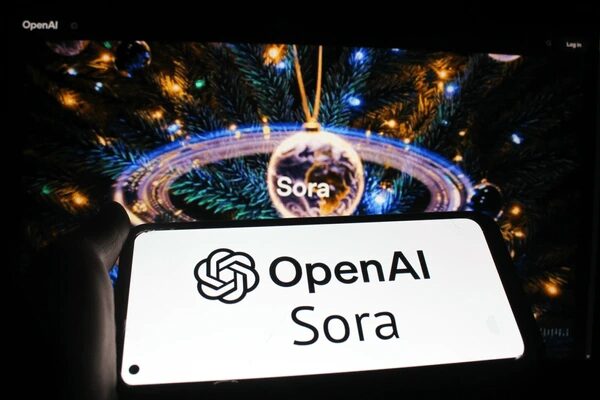AI video generators
Meta Description
AI video generators like OpenAI’s Sora are transforming the film industry. Discover how generative video tools are revolutionizing content creation and challenging traditional filmmaking in 2025.
The Rise of Sora: 1 Powerful Way AI Video Generators Are Replacing Filmmakers
The filmmaking world is evolving at lightning speed, and at the center of this transformation stands a powerful new player: AI video generators. Among these, OpenAI’s Sora is leading a digital revolution that’s reshaping how we produce, direct, and experience visual content. From YouTube creators to Hollywood studios, the impact of this technology is being felt everywhere.

So what exactly is Sora, and how are AI video generators changing the rules of the creative game? Let’s dive into the future of film and media.
What Are AI Video Generators and How Do They Work?
AI video generators are advanced tools that use artificial intelligence to create videos based on text, voice, or image input. These systems rely on generative AI, machine learning, and massive datasets to convert simple prompts into high-quality, realistic video footage.
Unlike traditional software that requires human-operated editing, these tools analyze instructions and generate dynamic scenes, animations, or even complete short films. Users can type a prompt like “a futuristic city skyline at sunset,” and within seconds, the AI returns a stunning visual that looks professionally rendered.
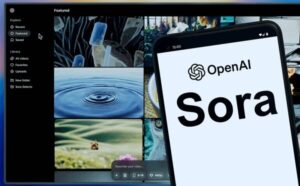
Key technologies behind AI video generators include:
Natural Language Processing (NLP)
Generative Adversarial Networks (GANs)
Neural rendering and diffusion models
These tools eliminate the need for expensive cameras, actors, or locations — making video production more accessible than ever.
OpenAI Sora: The Star of AI Video Innovation
In early 2025, OpenAI launched Sora, a groundbreaking tool that pushes the boundaries of what AI video generators can do. Unlike earlier platforms that produced cartoonish or low-resolution clips, Sora delivers cinematic-quality results using just text descriptions.

What makes Sora different?
Generates realistic, detailed video clips up to 60 seconds
Understands motion, lighting, physics, and even facial emotions
Can simulate multiple camera angles and storytelling styles
Allows creators to guide the narrative frame-by-frame
Whether you’re a student making a presentation, a startup crafting a product demo, or a filmmaker building a sci-fi universe, Sora opens up endless possibilities. And it’s not just hype — early demos from Sora have shown smooth animation, complex scenes, and high production value that rival some professionally shot footage.
Why AI Video Generators Are Disrupting Traditional Filmmaking
The disruption caused by AI video generators is undeniable. Where traditional filmmaking demands huge budgets, tight schedules, and large crews, tools like Sora allow individuals to do the impossible with just a laptop.
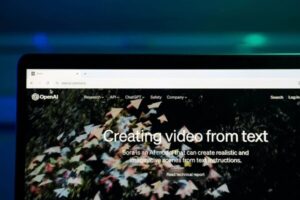
Key reasons for disruption:
Cost reduction: No need for expensive sets, actors, or post-production editing.
Speed: What used to take weeks can now be done in hours or minutes.
Creativity without limits: No more logistical barriers—just imagination and a keyboard.
The rise of generative video means that anyone with an idea can become a director. This democratization is reshaping the power dynamics of content creation. In 2025, several indie studios have already produced entire film scenes using AI video tools, saving millions in production costs and reaching audiences faster than ever before.
Benefits of Using AI Video Tools for Content Creators
AI video generators are not just for Hollywood — they’re transforming the way everyday creators work too. From YouTube to TikTok, businesses and educators, everyone is tapping into this new wave of content tools.
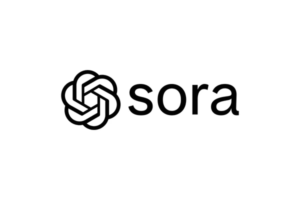
Top Benefits:
No team needed: A solo creator can now do what used to take 10 people.
Scalable content: Perfect for making multiple ads, tutorials, or explainer videos fast.
Accessibility: No video editing skills required. Just describe the idea and let the AI do the rest.
For example, small brands can create full ad campaigns using AI video tools instead of hiring agencies. Teachers can build immersive educational videos. Nonprofits can tell powerful stories without expensive production teams.
Concerns from the Film Industry
While the tech is exciting, it’s also causing anxiety in traditional media circles. Directors, VFX artists, and screenwriters have raised concerns about job security and creative integrity.
Key concerns include:
Job loss: Fewer roles for videographers, animators, and even voice actors.
Ethical dilemmas: AI replicating human likenesses without consent.
Creative dilution: Will machine-made stories ever match human emotion and nuance?
Film industry unions are beginning to push for clearer regulations. New policies are being discussed to ensure ethical use of AI video generators and protect intellectual property in the age of generative video.
The Future of Generative Video and Human Creativity
Despite concerns, many experts believe the future will be a blend — not a battle — between humans and AI.
Predictions for 2025–2030:
Hybrid filmmaking: Directors use AI to storyboard or animate drafts before live shooting.
Personalized content: AI video tools generate tailored content for individual viewers.
Virtual actors: AI-generated characters co-star with human performers.
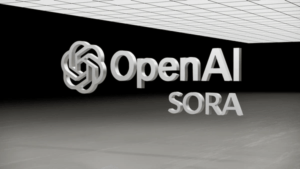
In this future, creators may spend less time on technical production and more on storytelling, emotion, and originality. Rather than replace filmmakers, AI video generators may empower a new generation of storytellers with fewer barriers and more reach.
Final Thoughts
The arrival of OpenAI Sora marks a major turning point in visual storytelling. Whether it’s education, entertainment, marketing, or journalism — AI video generators are here to stay and only getting better.
By embracing tools like Sora:
Creators can amplify their vision without limits.
Businesses can scale faster with visual content.
Students and educators can innovate how we learn and communicate.
We’re entering a world where your next video masterpiece might begin not with a camera — but with a simple prompt.
